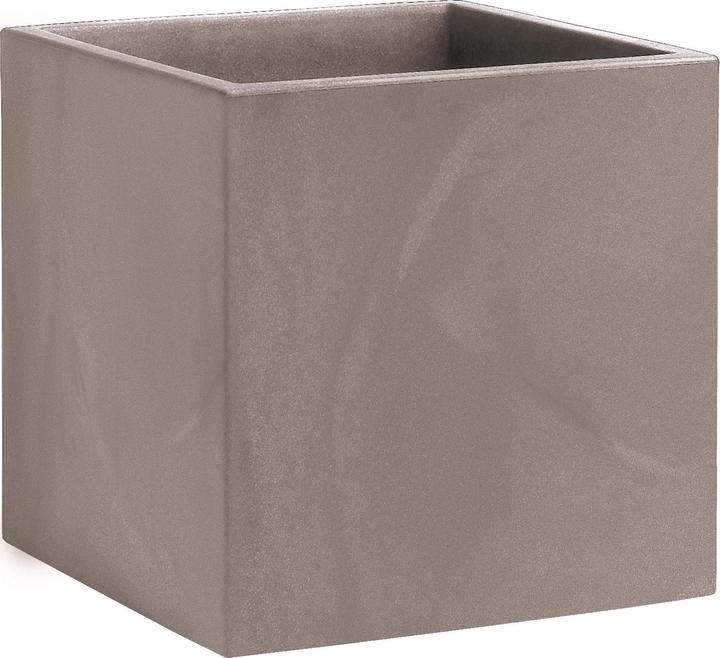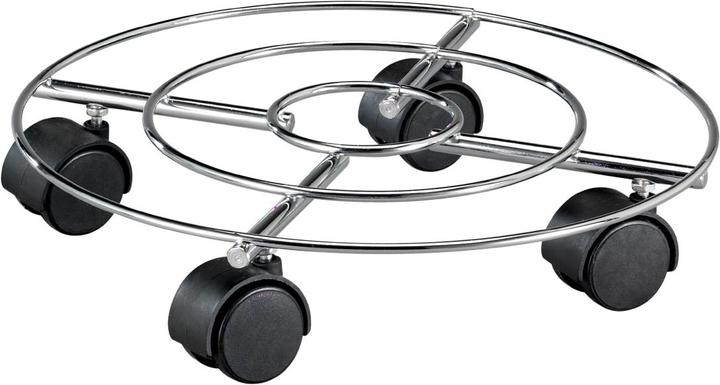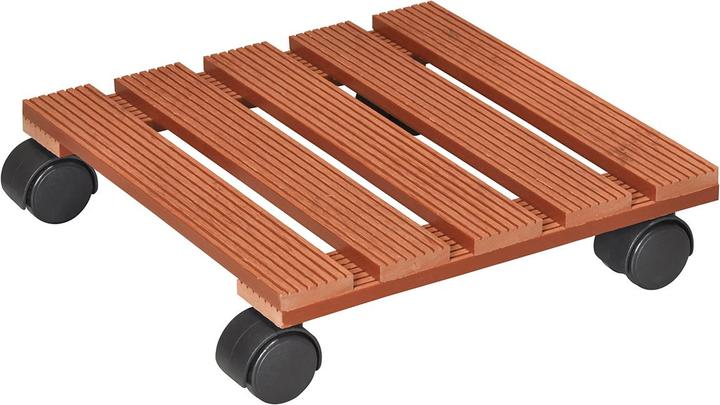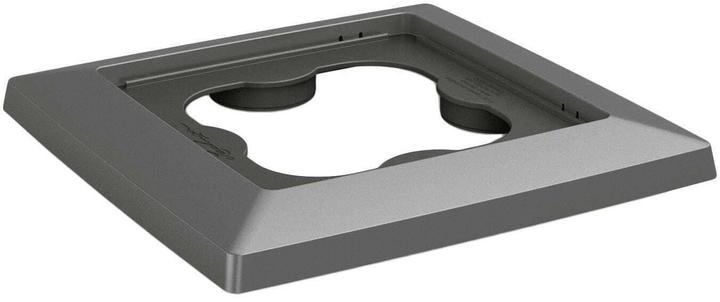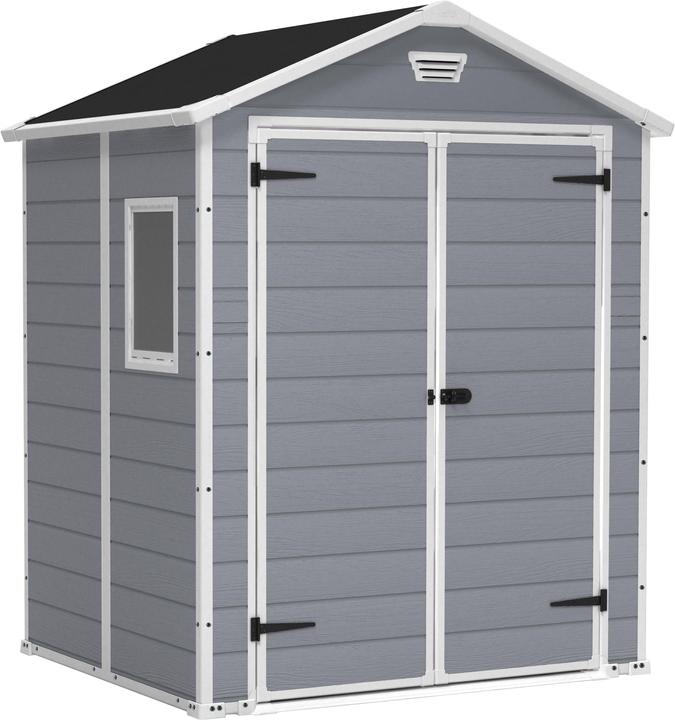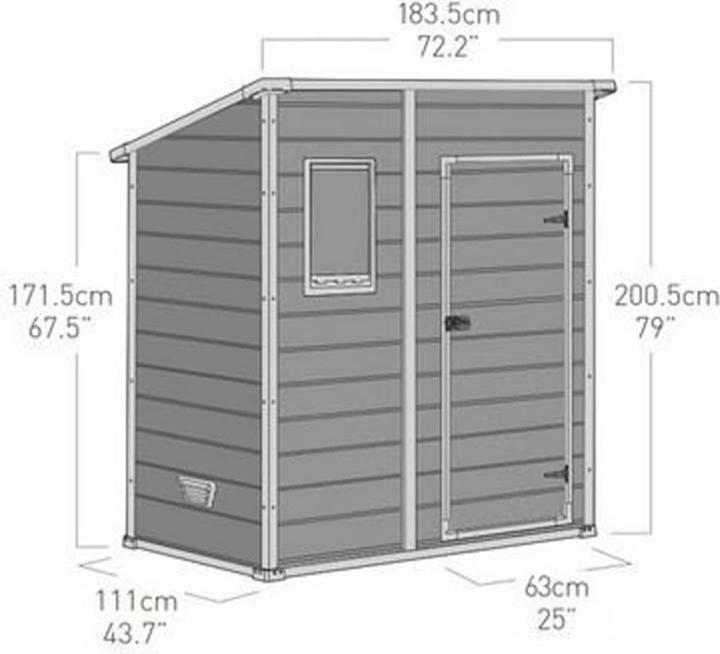
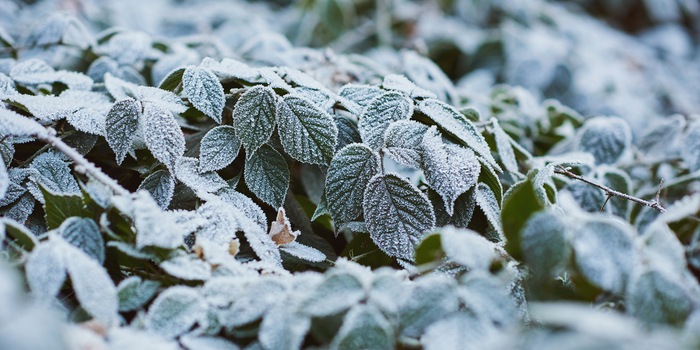
Watch out for night frosts: get your plants ready for winter!
Here we are: the first night frost is expected soon. Fragile plants, pots and flower boxes need to be prepared. They say you should do this before 21 October. Here we explain how to winterise which plants.
Potted plants
Potted plants are native to southern countries and therefore cannot withstand frost. That's why they must be placed in a protected spot where the temperature doesn't drop below seven degrees (e.g. in the cellar, garage or conservatory).
The choice of pot plays a very important role. It should be made of high-quality plastic, fibreglass or ceramic.
The choice of pot plays a very important role.
Make sure you protect any potted plants you can't bring inside. To do this, there are a few points to consider:
Pots should not be in direct contact with the soil. In winter, any superfluous watering should drain off easily. If water collects in an underlay, it is likely to freeze quickly and plants could be damaged by frost. It is therefore advisable to raise the pots or put them on a stand with wheels. The soil should be protected with a coco mat or a layer of mulch.
Insulate the pots by wrapping them, e.g. in bubble wrap, jute felt or a coconut mat or straw.
Tie everything together with jute ribbon or similar.

Windhager Winter protection coconut felt mat


Flower strips
In general, in a flower bed, the roots are well protected from frost. However, a layer of straw or coconut matting should be added.
The part of the plants above ground can be protected very well with fir branches or a layer of mulch made up of leaves, straw or a coconut mat.
Leaf shrubs
Foils, for example, provide effective protection against the cold and drying out for aucubas, hollies or young kiwis. Before the first frost, trunks should be wrapped and shrubs completely covered. Attach the protection at the bottom at pot level.
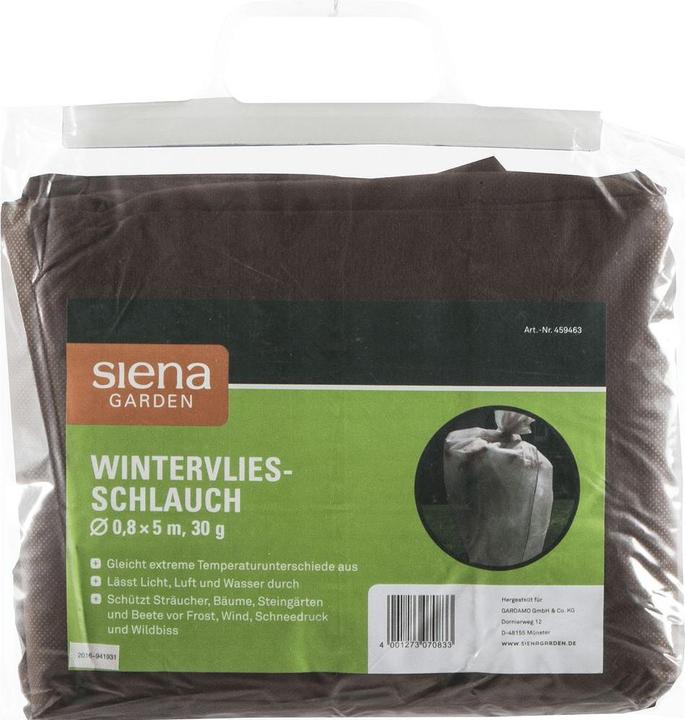
Siena Garden Winter fleece hose
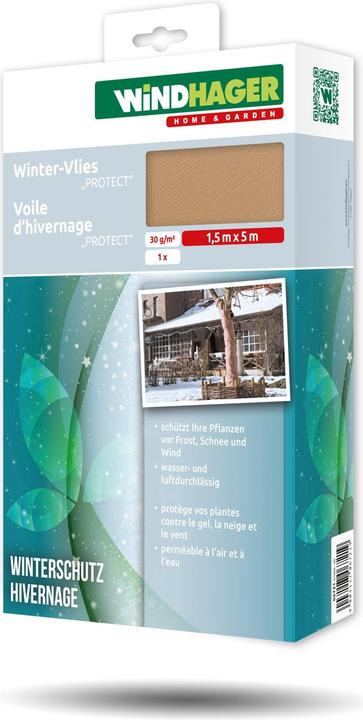
Windhager Winter fleece Protect

Windhager Jute plait
Ornamental shrubs and Mediterranean plants
Mediterranean plants, fruit trees and ornamental shrubs, as well as various types of grass, are particularly sensitive to frost. Mulch or a winter protection mat can insulate the soil and protect the roots. For Mediterranean plants, you'll also need a protective fibre fleece.
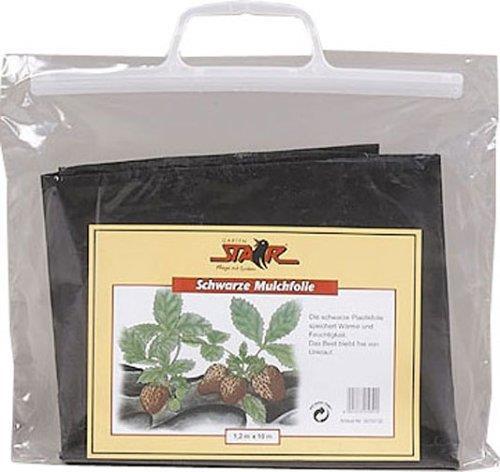
Siena Garden Mulch film 1,2x10m black
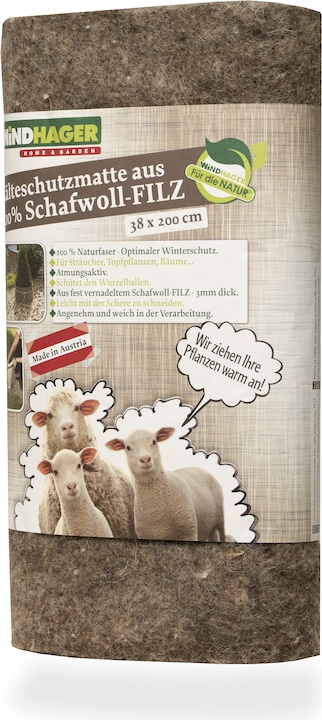
Windhager Felt mat

Rosiers
In late autumn, roses can be protected with soil or mulch. For climbing variants, fir branches can be used very well.
In October/November, the rose shoots should be pruned. Finally, all roses should be covered with a special rose wintering veil, which protects the rose buds from temperature variations and early budbreak. The same procedure is recommended for vines and all other plants with buds at risk of frost damage.
The trunk can be wrapped with jute tape. In spring, when the first buds appear, the veil should be carefully removed and the trunk released from the jute.
.



Meister Jute band
Citrus and palms
Citrus, oleander, olive or palm trees should be placed in the winter quarter as soon as temperatures fall below 3°C.
Winter protection should be put on before the first frosts and only removed in spring, when there is no longer any risk of frost. When the weather is fine and it's not freezing, the plants need water to keep them from drying out.
Winter protection should be applied before the first frost and only removed in spring when there is no longer a risk of frost.
Everything you need to protect your plants in winter
I draw inspiration and energy from nature – whether I'm hiking, skiing in the mountains or travelling to new places. I also have a passion for photography, music, TV series and good food.
